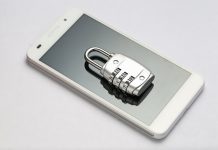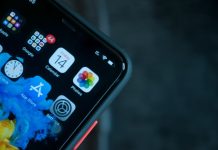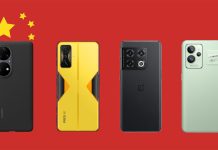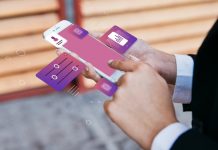Mobile operators have long been competing to offer as much bandwidth as possible. The reference “standard” for connectivity away from home or office is 4G, even if the maximum data transfer speed is obtainable only in the Peninsula’s most important locations.
But what is, first of all, the difference between 4G and LTE and how to orient yourself between the offers of the various operators?
4G and LTE are not the same things even if, now, under the hyped advertising in place for years, the two terms are equivalent in common language.
In 2008, the ITU ( International Telecommunication Union), an international organization that deals with defining standards in telecommunications and the use of radio waves, had defined the specifications of 4G (fourth generation) technologies.
However, since then, technologies that – by definition – did not meet the specifications defined by the ITU began to be presented on the market.
So much so that the ITU explained that WiMax and LTE could not be considered as 4G because they were far from providing downstream and upstream performance typical of these technologies (here is the article we published at the time: ITU: WiMax and LTE an evolution but are not “4G” ).
However, marketing won, and ITU itself, subsequently, began to tolerate the use of the term 4G and WiMax and LTE even if – it was observed – the two technologies could be considered the fourth generation from a commercial point of view but not from a purely one. Technician.
For a long time, therefore, devices, but especially mobile networks, could not meet end-users’ expectations.
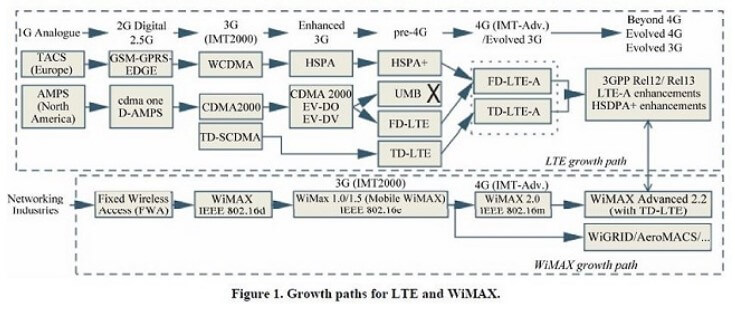
The two technologies considered 4G by the ITU are LTE Advanced and WiMax Release 2 (WirelessMAN-Advanced).
True 4G specifications
True 4G is little known, but it is the one used by the ITU to refer to truly fourth-generation technologies, which can therefore offer 1000 Mbps downstream and 500 Mbps upstream. LTE Advanced and WiMax Release 2 fall into the category of True 4G technologies. However, it must be said that Release 8 of LTE Advanced supports “only” up to 300 Mbps downstream, specifies that – evidently – it does not respect the ITU True 4G definition. Only with the Release 10 of LTE Advanced has we reached the threshold of 1000 Mbps downstream. As for LTE, although it cannot be – strictly speaking – considered a fourth-generation technology, the peak speeds that can be reached are truly remarkable. When choosing a mobile device, therefore, it is good to check which category the LTE radio module can support :
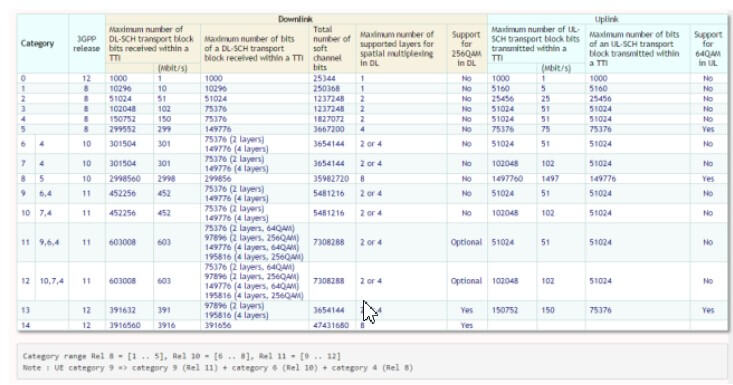
Therefore, it is good to opt now for mobile devices that support at least LTE Cat. 6 (up to 300 Mbps in download).
Both on LTE and on LTE Advanced (connectivity advertised with the terms 4G + and 4G Plus by the various operators) or, again, with 4G ++ (further evolution that aims to offer even more bandwidth), telecommunications companies are increasingly using the carrier technique aggregation.
It consists of aggregating two or more different frequency bands among those used for LTE. In USA, to date, the 800, 1800, and 2600 MHz bands have been assigned by the Ministry – through a public auction.
On paper, LTE Advanced allows us to reach speeds of up to 3 Gbps downstream and 1.5 Gbps upstream: there is, therefore, ample room for the development of ultra-broadband on the move.
The standard also offers significantly higher spectral efficiency, allows you to simultaneously manage a greater number of client terminals, and there is the possibility of making extensive use of MIMO technology (see What is MU-MIMO and can improve the WiFi connection?)
The LTE bands used in USA
The English telecommunications operators have been awarded the following frequency bands for the provision of the LTE service: 800, 1800, and 2600 MHz.
The higher frequencies (i.e., 2600 MHz) typically allow for the highest speeds but are less suitable for overcoming obstacles. In general, therefore, using 2600 MHz, operators can cover areas of the lesser range.
Below are the bands used by the various English operators to provide LTE connectivity.
In parentheses, we also indicate the corresponding abbreviations with which the various bands are defined internationally. In USA, the LTE bands B3, B7, B20, and B38 are used at 2600 MHz (TDD-LTE). Worldwide, B1 (IMT-2100) and B28 (APT-700) are also used, both in FDD-LTE and B40 (TDD 2300) in TDD-LTE.
– TIM : 800 MHz (B20), 1800 MHz (B3), 2600 MHz (B7);
– Vodafone : 800 MHz (B20), 1800 MHz (B3), 2600 MHz (B7);
– Wind : 800 MHz (B20), 2600 MHz (B7);
– 3 USA: 1800 MHz (B3), 2600 MHz (B38, TDD-LTE).
When buying an “import” smartphone, it is therefore always good which the radio module supports LTE frequencies. For the moment, the problem is usually with Wind, which mainly uses 800 MHz, a frequency that Far Eastern terminals often do not support (see Dual SIM Android, how to choose and configure smartphone ).
On 2600 MHz, 3 English uses TDD-LTE ( Time Division Duplex or time division duplex ). In other words, a single frequency band is used for both data transmission and reception activities. The information to be transmitted, regardless of its type, is sent in sequential form. Still, the available band is divided by assigning “time slots” to each operation, both in input and output.
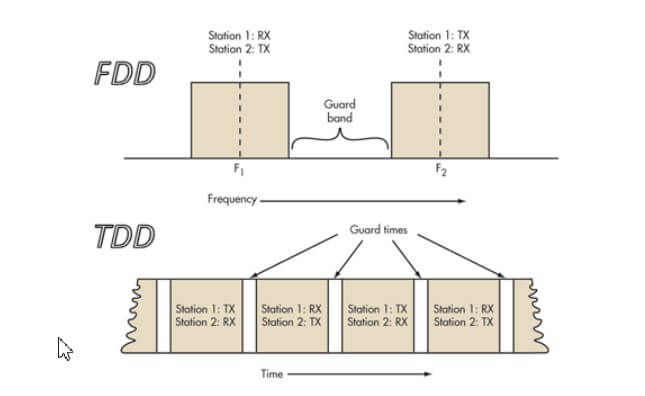
In the case of TDD-LTE, therefore, all transmissions are concurrent rather than simultaneous, but the result is, in any case, that of full-duplex communication.
TDD’s real advantage is the possibility of using a single channel of the frequency spectrum (there is, therefore, no waste of bandwidth or need to separate the channels). The cons consist of the fact that TDD requires very precise timing and a subdivision and synchronization of the time windows without approximations.
For LTE, in USA, the use of FDD ( Frequency Division Duplex): Two separate frequency bands or channels are required to set up bidirectional communication. In this way, there is no interference between the data transmission and reception activities.
The use of special filters allows us to carry out an effective separation of the two signals.
In terms of occupied bandwidth, FDD requires twice the spectrum occupied by TDD; furthermore, between the two bands, there must be a portion of the spectrum that is free (which remains unused) and which serves as a separation.
A diagram of the spectrum occupation by English operators is published at this address.
If you were about to choose an Asian smartphone, it is important to carefully check the LTE frequencies.
All Asian smartphones allow you to connect on the B38 band at 2600 MHz TDD-LTE (no problem with 3 English) while few, to date, support the B20 band at 800 MHz FDD-LTE.
In acquiring the licenses, 3 English performed very well by winning the B38 band at 2600 MHz TDD-LTE, which, as we have seen previously, is also the one with the largest number of blocks available. The B38 is the most demanding band in terms of construction of network infrastructures, but 3 English has managed to grab it at an attractive price looking above all in the future.
A move that will be useful now that 3 English has joined forces with Wind to create a single large operator.
To explore the topic further, we suggest reading the following articles:
- Improve 3G and LTE data signal reception on Android
Check the compatibility of a device with the mobile networks of English operators
To check whether a device is compatible or not with English mobile operators, we suggest you refer to this website.
By clicking on the Browse devices button at the top and then choosing All devices or By brand, you can search for the mobile device you intend to purchase and check if, for example, you can connect to the 4G / LTE network.
Then using the Check country/carrier compatibility button, typing USA in the search box, and then clicking Show details, it will be possible to check the coverage on the whole national territory and, above all, to ascertain which frequency bands are supported.

I’m Mr.Love . I’m admin of Techsmartest.com



